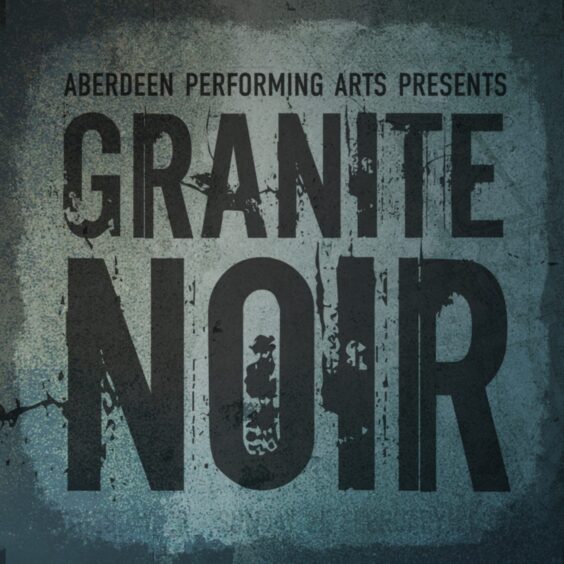
It’s everywhere. Wherever you look, on television, in the cinema, at your nearest bookshop, local library or on a plethora of podcasts and social media sites, there has been a surge in interest in crime, in murder and mayhem.
And nowhere is the phenomenon more conspicuous than in the north of Scotland, where tens of thousands of us are lapping up an epidemic of gore and grisly misdeeds and putting faith in detectives and the police to hunt down the perpatrators.
If we’re not engrossed in the latest work from Ian Rankin or Val McDermid, Lin Anderson or Stuart MacBride, Elly Griffiths or Neil Lancaster, Peter May or Louise Welsh, we’re excited by such TV series as Karen Pirie, Shetland and Vera.
The prolific Ann Cleeves created globally-renowned detective Jimmy Perez back in 2006 and it’s a measure of the character’s popularity that when Henshall left the role in the BBC TV series last year, it was treated in some places like a death in the family.
But why? In a country beset with problems, ranging from the consequences of war in Ukraine to spiralling energy and food bills, a febrile political climate and storm warnings all over the news, what exactly is the appeal of turning to serial killers and tormented sleuths for the entertainment equivalent of comfort food?
It’s not as if there aren’t enough true crimes being committed, yet perhaps that very fact offers an answer. Lancaster, a former Met officer in London, who has written a series of acclaimed books, with the latest being Blood Runs Cold, told me about one of his cases which might have ended less frustratingly than it did in a real-life setting.
The Black Isle writer said: “The genre takes difficult and often horrifying situations and tidily wraps them up in 300-400 pages. It can make sense of a senseless world.
“As someone who spent 30 years in policing, I am forever reminded that nothing could be further from this fantasy. Crime is difficult, dirty and unpredictable, and any criminal investigation is almost always a compromise, and rarely is wrapped up as neatly as it is in novels – even the ones I write.
“Years ago, I received a whisper from an informant about a contract killing that was being planned. The informant told us an unknown fixer was touting for someone to carry out a homicide on behalf of an unknown businessman.
“This was the most serious of allegations, which sparked an urgent investigation by the team I was employed on with one objective. To stop this contract killing going ahead.
“A meeting was arranged in a cafe in London and, as they were both taking their first sips from a cup of tea, we struck with full force, arresting the fixer and the informant.
“Now this case was going nowhere, and everyone knew it as we had pretty much no evidence. When searching the fixer, we found a piece of paper with two names and addresses on it, and an envelope full of money, indicating that this contract was genuine. Enquiries revealed that they’d both had a strong legal disagreement with one man. An international criminal and businessman.
“But we still had no evidence to mount a prosecution, and he was safe in an extradition-free country in any case. The fixer was going to walk, and the businessman was safe. But we had achieved our aim. They knew we knew what was going on, and therefore no murder would happen. This was a classic disruption operation.
“Now, in a novel, the fixer would have been charged, and the businessman would have been lured back to the UK in a complex web of deceit only to be arrested and charged with soliciting a murder. But this was real life, not a plot line in a thriller.”
Margaret Kirk, who has written several successful novels, including What Lies Buried, believes the crime spree among publishers – with everybody including Richard Osman, Rev Richard Coles and comedian Bob Mortimer in the book charts – allows readers a break from the relentless tide of negativity which often surrounds their daily existence.
She said: “When we’re experiencing really difficult times – and I think the entire world fits that definition right now – we turn to crime fiction in particular because it offers an escape into a world where, by and large, there are still rules everyone lives by.
The darkness is only on the page
“Good people get hurt, yes, but by and large, evil-doers are held accountable for their crimes and justice prevails. ‘Cosy’ crime, where blood-letting is discreet and villains are always brought to book, really took off during Covid, when the horrors of the real world were often just too much for us to deal with.”
Lin Anderson, a prolific author whose latest work, The Party House, has been praised by Rankin, was also the catalyst for the creation of the annual Bloody Scotland festival, a format which is now replicated across Scotland and whereby events such as Aberdeen’s Granite Noir have rapidly become a staple of the city’s cultural schedule.
And she reckons crime writers can investigate places, such as inside the heart of government, the church and large corporations, which often remain closed to outsiders.
Justice will prevail in the end
She said: “[These books] inform us about the social fabric of the society in which the story takes place. In a crime novel, no level of society can escape scrutiny.
“If you want to know about a country you have never visited before, the advice is to read the popular crime novelists from that place. Through their novels, you will come to understand the people and the country.
“But perhaps the most important reason people love crime fiction is because justice will prevail in the end, in a world where so often that doesn’t happen.”
There’s another factor, of course. The enjoyment of fathoming “Whodunnit” as the bodies pile up, where the reader is pitted against the plotting skills of an author.
As Stuart MacBride, whose latest work No Less the Devil, has been lapped up by aficionados, said: “I often get asked: ‘why is crime fiction so popular in Scotland?’ Well, why wouldn’t it be popular in Scotland? It’s popular everywhere.
“That’s because readers are intelligent people: they enjoy the challenge of spotting clues and deducing the culprit before the detective gets there. But it’s more than that – crime fiction is a window into the society it writes about.
“It explores all manner of things, like how our relationships, families and communities work. It deals with what we, as a society, are scared of. You know, the Big Stuff. That it can do all that while also offering up thrills, threats, danger and occasionally redemption, is the reason it’s so popular.
“Some people might think it’s all about the grit and the gore, but most readers are far more interested in the characters than severed body parts. That darkness is there to heighten the emotional heft of a novel, a seasoning rather than the main ingredient.
“Because crime fiction, at its very best, is a feast to which we’re all invited.”

And Val McDermid herself, the Scottish Queen of Crime, provided a pithy summation of why these books cast such an enthralling and enduring spell.
The author of the recently-published novel 1989, told me: “The crime novel is unique in that it provides entertainment that challenges our intelligence and it gives us some sort of resolution in a chaotic world.
“It’s also exciting and suspenseful; it’s a safe place to be scared.”
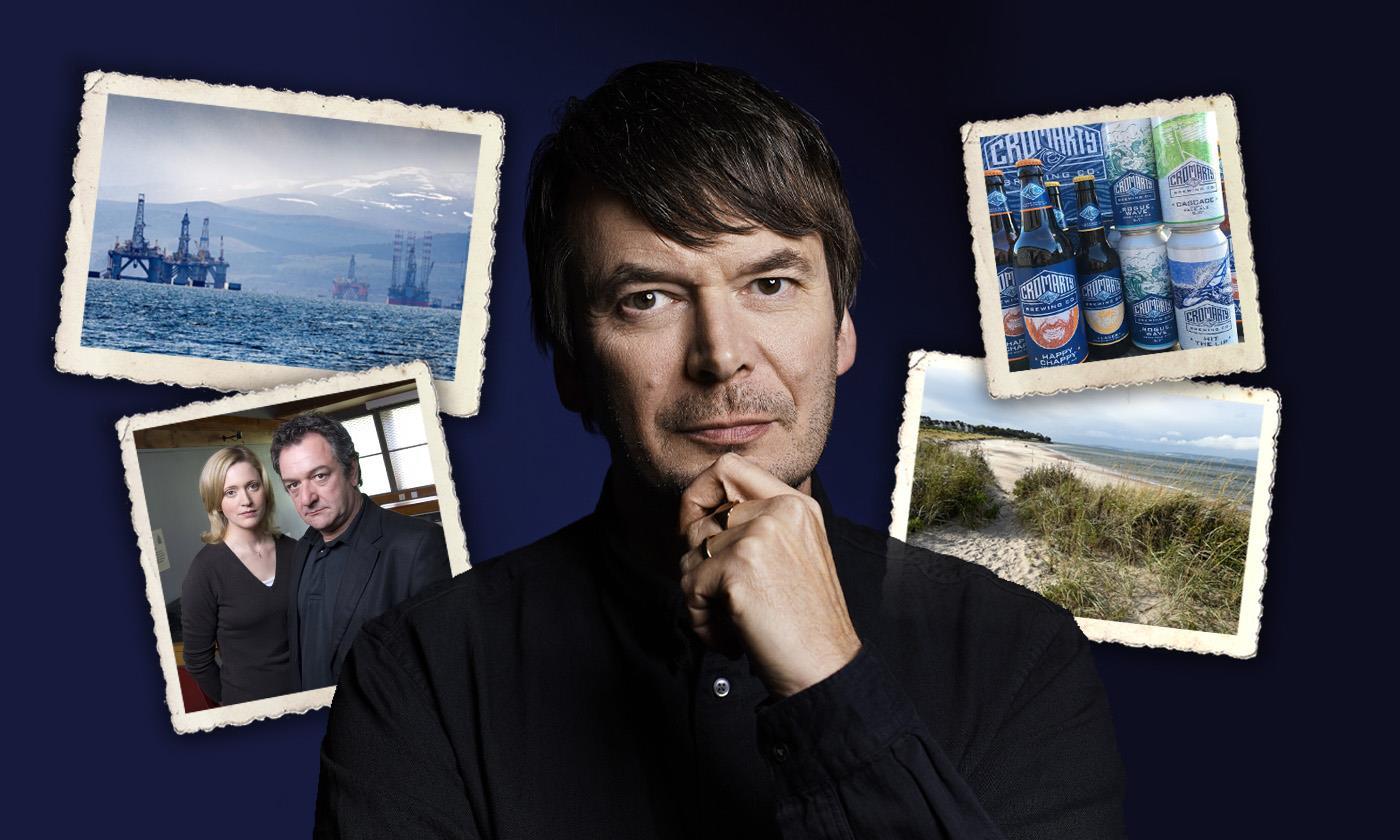
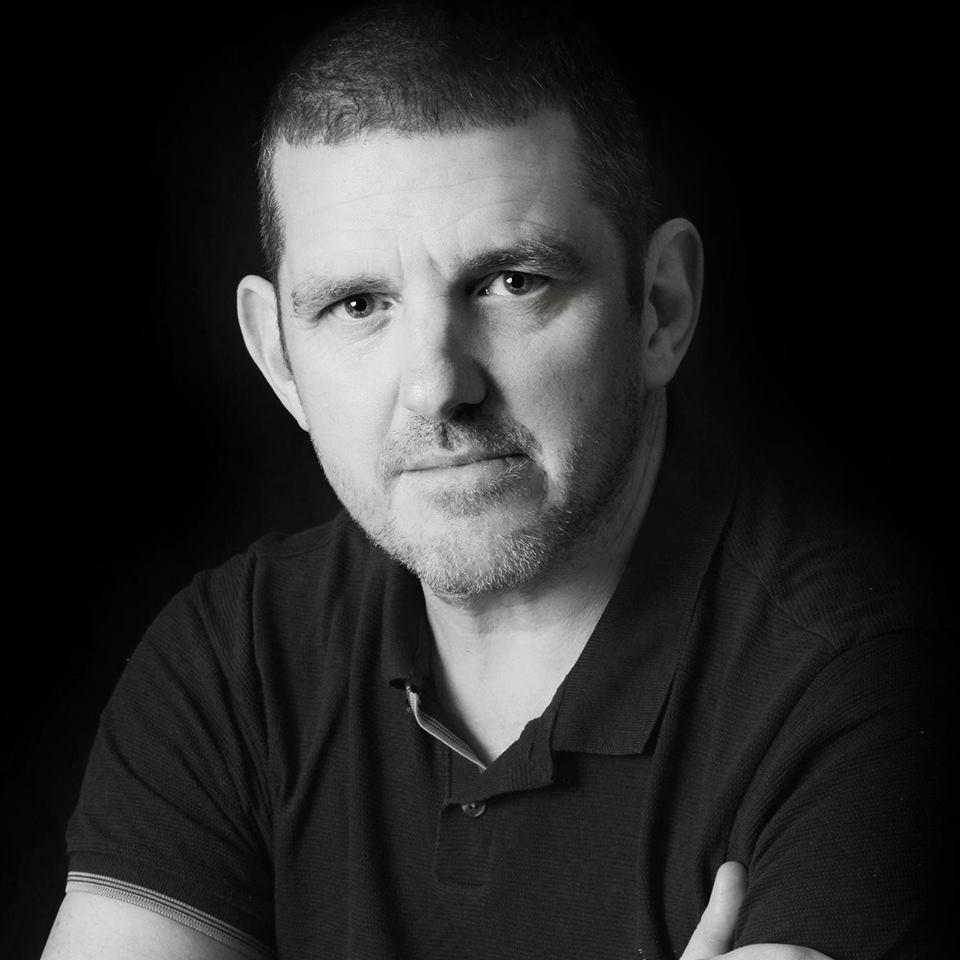
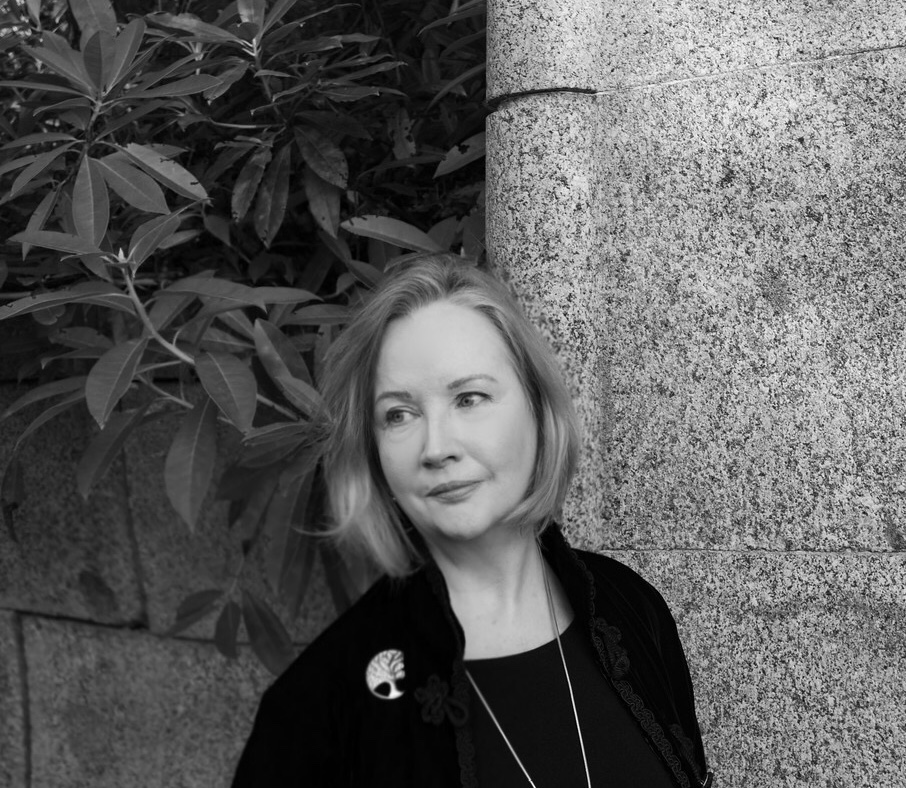
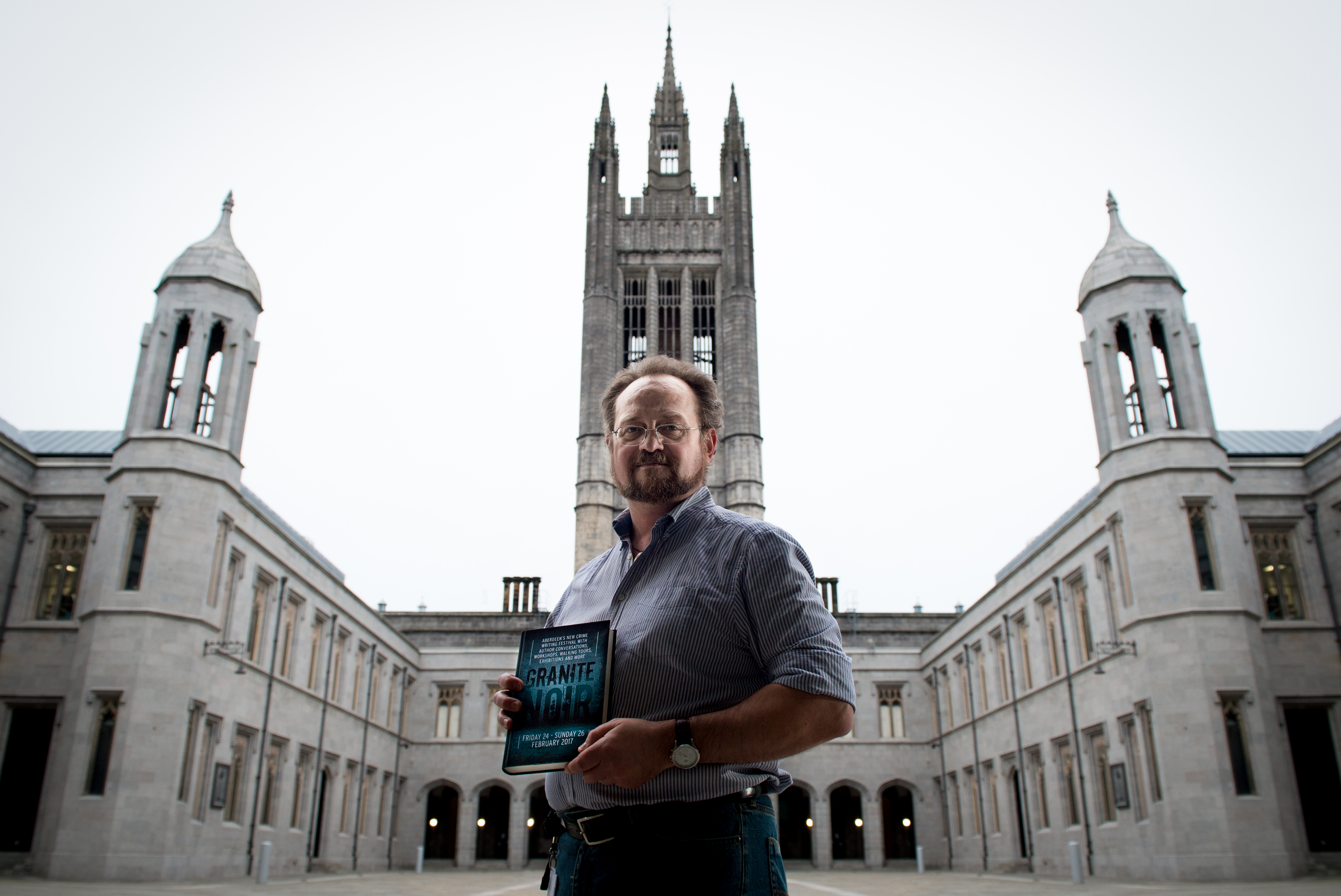
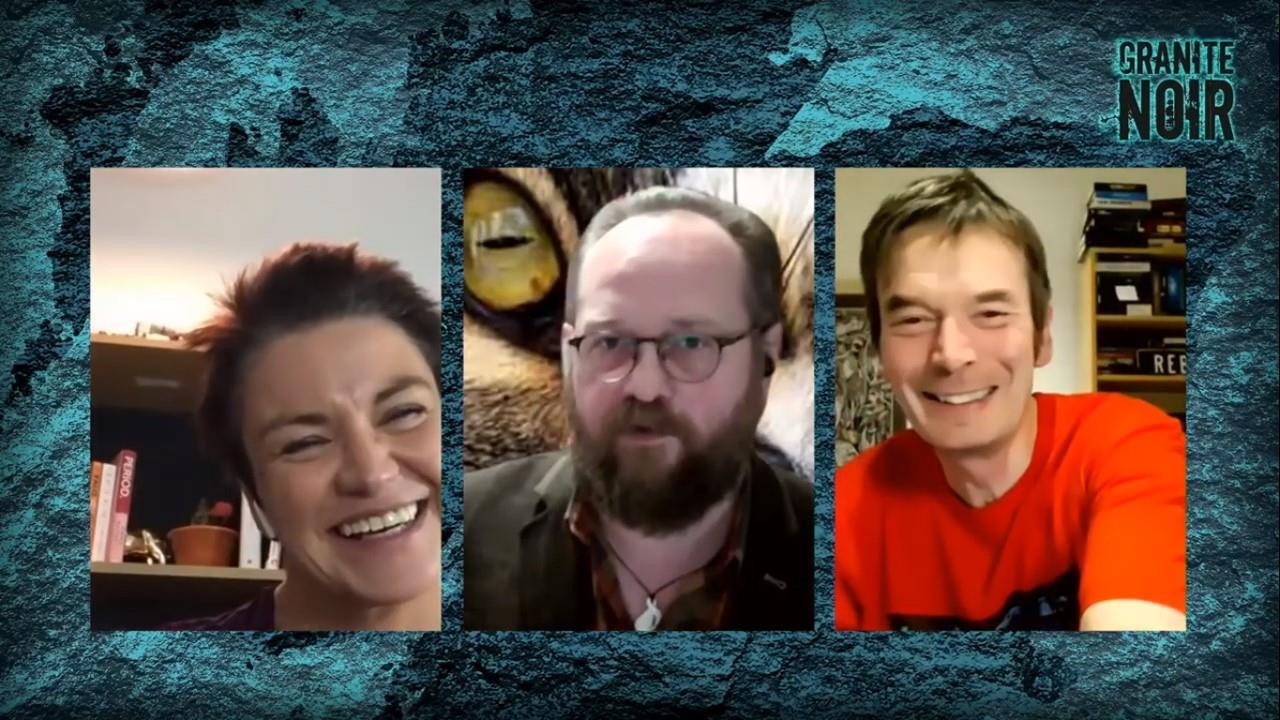
Conversation